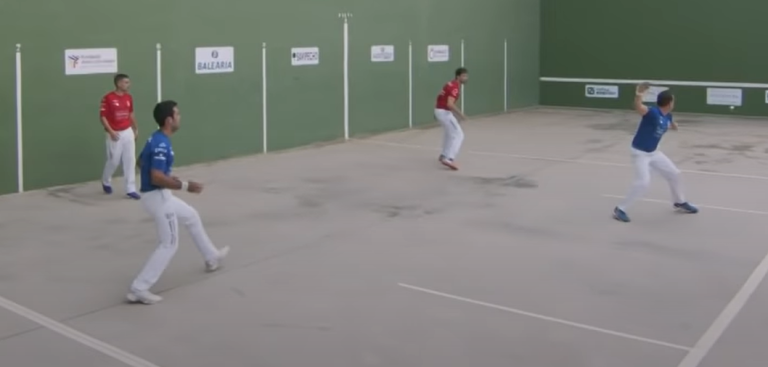General Rules of Ice Canoeing
Before checking the icy waters, make sure your life jacket fits well. Dress warmly in non-cotton layers to combat hypothermia risk. Evaluate ice conditions before setting out. Always stay vigilant for changes in ice thickness. Carry essential gear like ice picks and a whistle. Learn proper gear use for safety. Stay alert to ice condition changes and plan your route carefully. Understand the navigation essentials to avoid hazards. Team up with clear communication, roles, and support. Implement emergency protocols and practice them. Prioritize safety in all situations. Master these rules, and your ice canoeing adventures will be safer and more fulfilling.
Safety Precautions
To ensure your safety while ice canoeing, always wear a properly fitted life jacket. In cold weather, the risk of hypothermia is significant, making it essential to dress warmly in layers and avoid cotton clothing that retains moisture. Before exploring the ice, assess the ice conditions carefully to avoid thin ice patches that can be hazardous.
When traveling on icy waters, it's paramount to stay alert and constantly monitor the ice for any changes in thickness or cracks. Keep in mind that ice conditions can vary, so proceed with caution and avoid areas with visible signs of weakness. In case you fall into the cold water, knowing how to react promptly can be life-saving.
Being prepared with the right safety gear, such as ice picks and a whistle, can help in case of emergencies. Always inform someone about your planned route and expected return time. By following these safety precautions, you can enjoy the exhilarating experience of ice canoeing while minimizing risks.
Equipment Essentials
When preparing for ice canoeing, make sure you have the essential equipment, including ice picks, a whistle, and appropriate clothing for cold weather. Gear selection is important for a safe and enjoyable ice canoeing experience. Here are three must-have items to think about:
- Ice Picks: These are essential for pulling yourself back onto the ice if you fall into the frigid waters. Make sure they are easily accessible and securely attached to your gear.
- Whistle: An important safety tool that can be used to signal for help in case of an emergency. Attach it to your life jacket so you can reach it quickly if needed.
- Cold Weather Clothing: Dressing appropriately for cold weather is key. Wear multiple layers to stay warm and dry, including a waterproof outer layer to protect against splashes and icy winds.
Training requirements are equally important, ensuring you are familiar with how to use the gear correctly to navigate icy waters safely. Prioritize safety and preparation to make the most of your ice canoeing adventure.
Navigation Techniques
Having the right guidance techniques is key to successfully maneuvering through icy waters while ice canoeing. When steering in icy conditions, it's critical to stay alert to changes in the ice conditions. Keep an eye out for cracks, thin ice, or areas where the ice may be unstable. Before embarking, make sure you have a clear route planned, taking into consideration any potential obstacles or hazards along the way. Route planning is essential in ice canoeing to avoid getting stuck or encountering dangerous situations.
Being able to interpret the ice conditions is a valuable skill for ice canoeing. Look for signs of thicker ice that can support your canoe and identify areas where the ice may be weaker. Understanding the texture, color, and thickness of the ice can help you determine the safest path to follow. By combining your knowledge of ice conditions with effective route planning, you can navigate through icy waters with confidence and skill.
Team Coordination
Effective team coordination is crucial for guaranteeing a smooth and successful ice canoeing experience. To achieve seamless coordination, focus on effective communication and trust-building within your team. Here are three key points to keep in mind:
- Clear Communication: Establish a system of communication that is understood by all team members. Use concise and specific language to convey instructions and information. Ensure that everyone knows their roles and responsibilities to avoid confusion during the race.
- Active Listening: Encourage active listening within your team. Pay attention to each other's input, concerns, and suggestions. By actively listening, you show respect for your teammates' opinions and foster a collaborative environment based on mutual understanding.
- Trust Building: Trust is the foundation of effective teamwork. Build trust among team members by being reliable, supportive, and accountable. Trusting each other's abilities and decisions will enhance coordination and efficiency during challenging moments on the ice.
Emergency Protocols
To guarantee the safety of your team during an ice canoeing excursion, understanding and implementing proper emergency protocols is essential. In the unlikely event of an emergency, clear communication is key. Establishing a set of emergency signals before setting out on the ice is vital. Make sure all team members are aware of these signals and understand the appropriate responses for each one.
Should a rescue situation arise, it is important to remain calm and follow the predetermined rescue procedures. Assign specific roles to team members to ensure a coordinated effort during the rescue operation. If someone falls into the icy waters, remember to prioritize safety by using rescue equipment such as throw bags or life buoys. Proper training in water rescue techniques can make a significant difference in effectively executing a rescue.
Regularly practicing emergency scenarios with your team can help ingrain the protocols into everyone's minds, making it easier to act swiftly and decisively in a real emergency situation. Remember, preparation is key to ensuring a safe and enjoyable ice canoeing experience for all.
Frequently Asked Questions
How Can I Improve My Physical Fitness to Prepare for Ice Canoeing?
To improve your physical fitness for ice canoeing, focus on strength training to build muscle and endurance for long paddling sessions. Remember to prioritize nutrition and hydration to fuel your body and keep you performing at your best.
Are There Any Specific Rules or Regulations Regarding Ice Canoeing in Certain Locations?
In certain locations, regulations govern ice canoeing. Safety guidelines guarantee smooth sailing. Permits may be necessary, so check local restrictions. Understanding these rules will help you navigate locations with ease and respect for the environment.
What Are Some Common Mistakes That Beginners Make While Ice Canoeing?
When ice canoeing, common pitfalls for beginners include underestimating ice thickness, not dressing warmly, and lacking proper safety gear. Follow safety tips like checking ice conditions, wearing a flotation device, and staying together.
How Can I Properly Care for and Maintain My Ice Canoeing Equipment?
To properly care for and maintain your ice canoeing equipment, guarantee thorough paddle care by washing and inspecting regularly. Store gear in a dry, cool place to prevent damage. Regular maintenance and inspections are key.
Are There Any Recommended Techniques for Dealing With Challenging Weather Conditions While Ice Canoeing?
When facing tough weather conditions while ice canoeing, prioritize safety by adjusting your techniques. Stay aware of changing weather patterns, dress appropriately, and follow navigation tips. Always take precautions to guarantee a secure and enjoyable experience.






